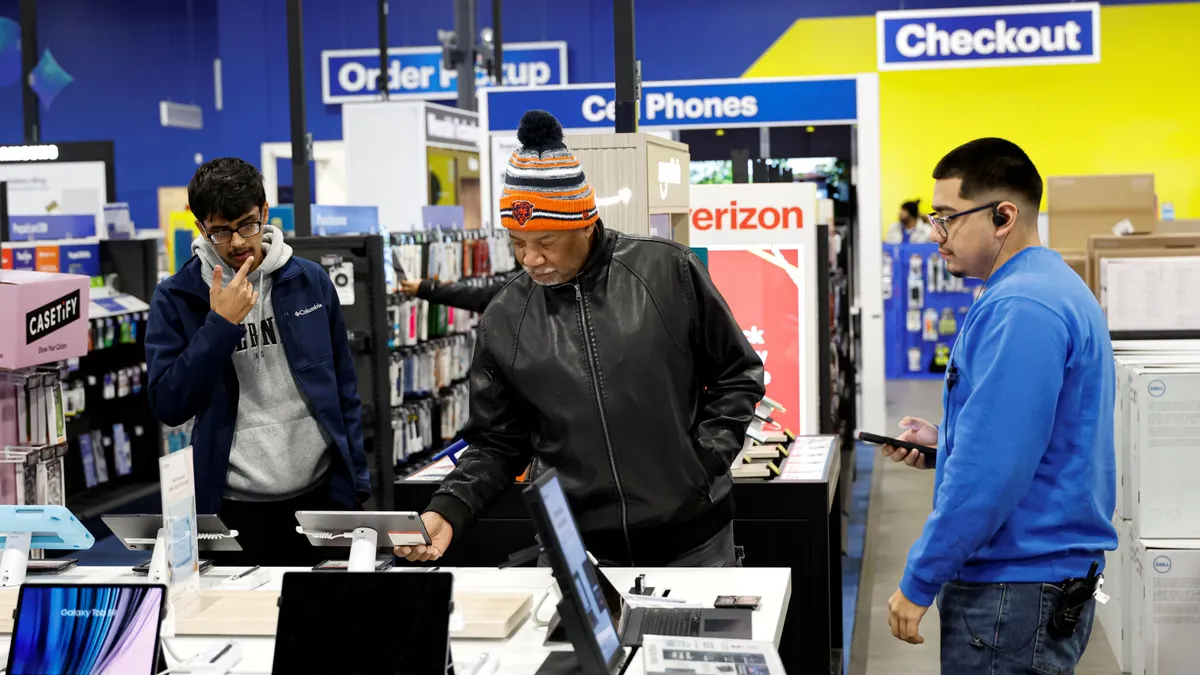Editor’s note: The following is a guest article by Mark Levy, head of consumer product and customer experience at Frontier Communications and publisher of the Decoding Customer Experience newsletter.
The signs of a siloed organization aren't subtle: a customer gets bounced between departments, hears two different answers to the same question, or receives a marketing email minutes after calling to cancel a service.
Each team is doing its job. Yet together, they're breaking the experience.
If that sounds familiar, you're in good company. And the reason runs deeper than politics or process.
Silos persist because of what behavioral researchers call group identity bias, the tendency for people to prioritize their in-group over the larger whole. It's how tribes form inside companies: marketing protects its brand, operations protects its service level agreements, and product protects its roadmap. Each tribe optimizes locally while the customer journey fragments globally.
The result? Disjointed handoffs, contradictory messages and eroding trust.
Such slip-ups are costly. PwC's research shows that one bad experience — even if the issue gets resolved — can make 1 one in 3 customers walk away from a brand they previously loved.
Most organizations try to fix silos through structure: new workflows, new systems, or more dashboards. But structure alone doesn't change behavior. Alignment does. And that's where the CX council comes in.
A CX council functions as an organization's connective tissue — a cross-functional team of leaders, doers and dreamers who map, design and enhance end-to-end journeys. A coalition of change agents.
At its best, a CX council acts as the company's memory keeper. It connects marketing, digital, operations and service teams so that what's promised in one channel is delivered in another. The council spots friction where customers actually feel it, across handoffs, not hierarchies.
How to build a CX council
When Frontier Communications launched its CX council in 2023, we brought together leaders from product, call center, IVR, digital, chatbot and field operations.
In our first few sessions, we discovered that each team was running "improvement" programs targeting the same journey — with conflicting approaches, metrics and timelines. By aligning under a single customer mission, we consolidated multiple initiatives into one, cut duplication, decreased time to market and improved channel specific handoffs.
That's the power of a CX council: It unifies effort where silos divide it.
A successful CX council doesn't require a massive org redesign. It requires clarity of purpose, people and principles. Here are 5 steps to create a CX council that drives change:
1. Start with purpose.
Be clear on the "why." Is the council meant to fix fragmented journeys, improve customer trust or prioritize experience investments? Pick one North star. A narrow mission beats a vague one every time.
2. Recruit your dream team.
Bring together the right mix of strategists and specialists: channel experts from digital, chatbot and care, insight leads from marketing, and operational owners from product and operations. Most importantly, secure an executive sponsor who provides "air cover," someone who can remove roadblocks and reinforce priorities.
3. Define decision rules early.
When trade-offs arise, and they will, everyone should know how decisions are made. Establish principles whether it’s “customer pain over convenience,” “data over opinion,” or “trust over short-term gain.” These keep debates productive and outcomes customer-centered.
4. Balance structure with speed.
We found biweekly meetings to be the sweet spot: frequent enough to maintain momentum, spaced enough to gather insights and make progress. To build credibility and attract allies across the company, document wins and share them widely.
5. Keep meetings anchored to outcomes.
Every agenda item should point to a measurable change: lower customer effort, higher net promoter score, fewer escalations. Name the target, the owner and the next date you’ll check it.
Where councils stall — and how to unstick them
Every CX council will run into challenges. Here’s how to address a few of them.
1) Unclear governance
Debates drag when no one owns the call. Write a one-page charter, define a Responsible, Accountable, Consulted, and Informed (RACI) chart, set quorum and a tie-break rule, and keep a decision log in a shared doc so choices don’t get relitigated.
2) Weak sponsorship
Momentum fades without visible executive backing. Assign a VP-level sponsor, book a 30-minute monthly review, and send a two-slide update that shows before and after metrics and the one ask you need from leadership.
3) Bad data
Shaky analytics distort priorities. Start with three indicators you trust most, tag each with source and lag time, mark confidence on a 3-point scale, and schedule fixes for gaps instead of waiting for perfect data.
It’s also critical to bank early wins.
Pick one journey step with clear pain, whether it’s password resets, billing disputes or store returns. Then set a short-horizon target; for example, 10% to 15% fewer repeat contacts in one quarter.
Ship a small change, measure it the next sprint and publicize the result. Include the metric, the owner and the customer quote it affected.
A CX council isn't a silver bullet. It's a catalyst for alignment, empathy and shared accountability.
Breaking silos isn't just operational work; it's emotional work. It asks people to see beyond their dashboards and KPIs and to remember that the customer's experience is not just a transaction, but a journey filled with emotions that doesn't pause at department boundaries.
When every team, including yours, feels ownership of the journey, the organization starts to think as one — and customers can finally feel it.
That's how you move from fragmented to frictionless. Not by reorganizing the company, but by reconnecting its people.



















